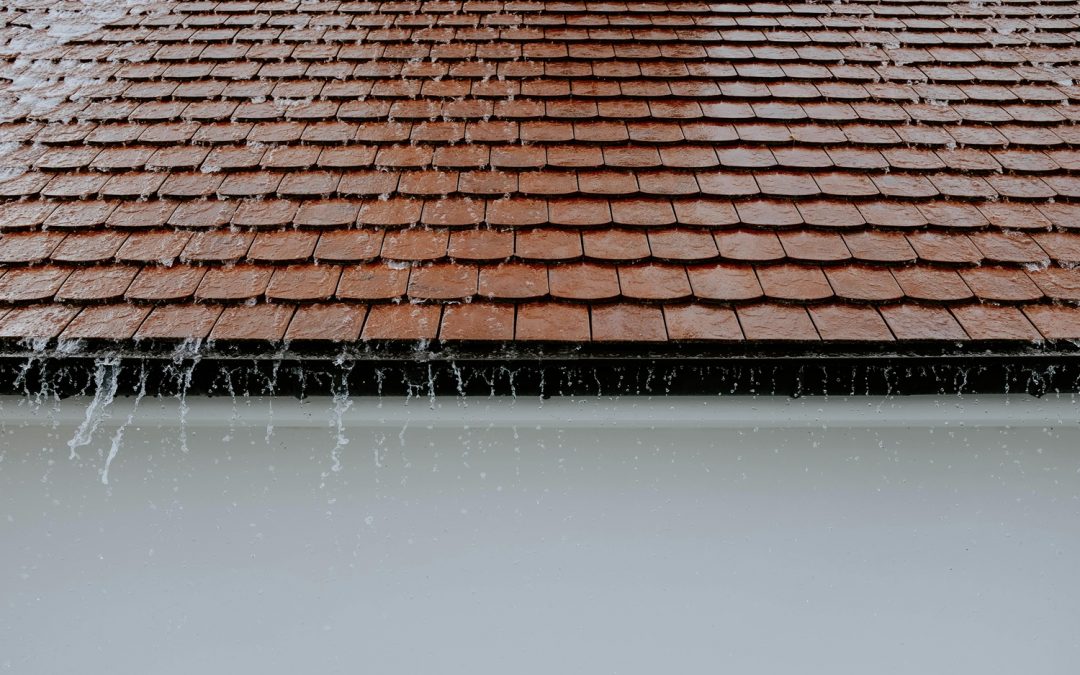Your roof is your home’s first line of defense against the elements. Choosing the right roof and keeping it in good shape are crucial for protecting your investment and ensuring your family’s comfort. This post explores common roof types, explains how to maintain them, and helps you determine when it’s time for a replacement.
Common Roof Types
Several roofing materials are available, each with pros and cons. Knowing the differences can help you select the best option for your home.
- Asphalt Shingles: These are the most common type of roofing material due to their affordability and ease of installation. They come in a variety of colors and styles. Asphalt shingles typically last about 20-30 years.
- Tile Roofs: Tile roofs, made from clay or concrete, are known for their durability and long lifespan (50+ years). They are fire-resistant and energy-efficient but also heavier and more expensive.
- Metal Roofs: Metal roofs are becoming increasingly popular for their longevity (40-70 years) and energy efficiency. They are resistant to fire, wind, and impact, but they can be noisy during rainstorms.
- Wood Shingles and Shakes: Wood roofs offer a natural, rustic look. They are energy-efficient but require more maintenance than other roofing types and are more susceptible to fire and insect damage. Their typical lifespan is 30-40 years.
- Slate Roofs: These elegant and durable roofs can last for a century or more. However, slate is a premium material with a high price tag.
Maintaining Your Roof
Regular roof maintenance can extend its lifespan and prevent costly repairs. Here are some essential maintenance tips:
- Regular Inspections: Inspect your roof at least twice a year, in the spring and fall, and after severe weather events. Look for missing or damaged shingles, cracks, or other signs of wear and tear.
- Gutter Cleaning: To prevent water damage, keep your gutters and downspouts clear of debris. Clogged gutters can lead to leaks and ice dams in the winter.
- Trim Overhanging Branches: Trees that overhang your roof can cause damage and provide access for pests. Keep branches trimmed back to prevent problems.
- Ventilation: Proper attic ventilation is essential for regulating temperature and preventing moisture buildup, which can damage your roof and insulation.
- Moss Removal: Moss can trap moisture and damage shingles. If you see moss growing on your roof, have it professionally removed. Some roofers St George can help prevent these issues.
Signs Your Roof Needs Replacement
Knowing when your roof needs replacing can save you from more extensive and expensive problems down the road. Watch for these signs:
- Age: If your roof is nearing the end of its expected lifespan, consider a replacement.
- Curling or Missing Shingles: These are obvious signs of wear and tear and indicate that your roof is no longer protecting your home effectively.
- Leaks: Leaks can occur for various reasons, but persistent leaks are often a sign of a bigger problem.
- Granule Loss: As asphalt shingles age, they lose granules. A significant amount of granules in your gutters can indicate your roof is deteriorating.
- Sagging Roof: A sagging roof is a serious structural issue and requires immediate attention.
Choosing the Right Roofing Contractor
If you need a new roof, choosing the right contractor is critical. Get multiple estimates, check references, and ensure the contractor is licensed and insured.
|
Feature |
Importance |
|
Licensing |
Ensures the contractor meets legal requirements |
|
Insurance |
Protects you from liability |
|
References |
Provides insight into past work quality |
|
Multiple Estimates |
Helps you compare pricing and services |
What To Do Next
Your roof plays a vital role in protecting your home and family. By understanding different roof types, practicing regular maintenance, and knowing the signs of wear, you can make informed decisions about one of your home’s most important investments. If you think your roof needs attention, don’t delay getting it inspected by a qualified professional. Early detection and maintenance can save you money and ensure your home remains safe and dry.

Recent Comments